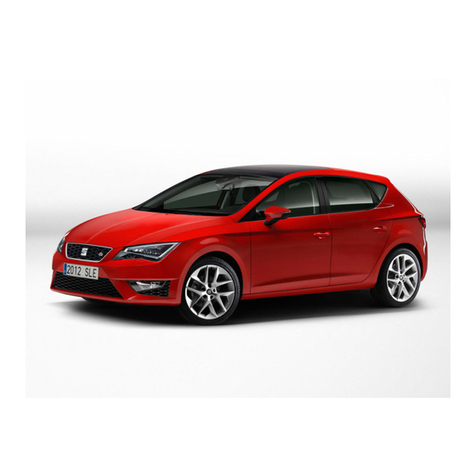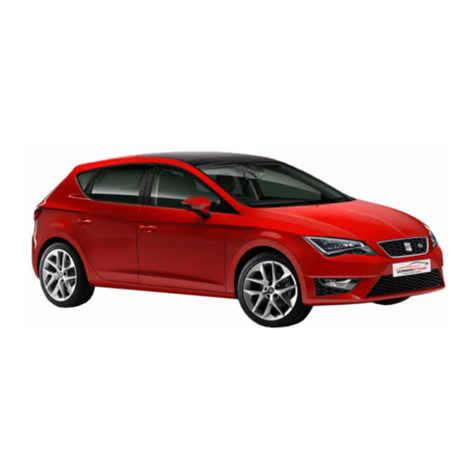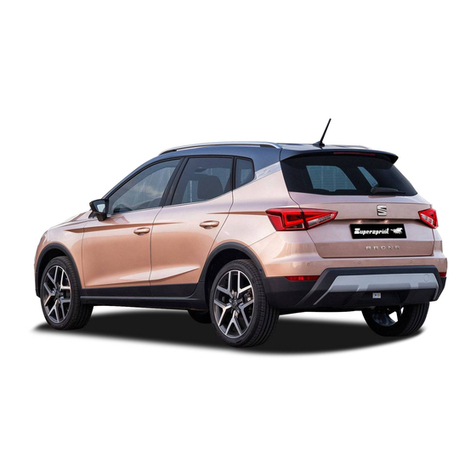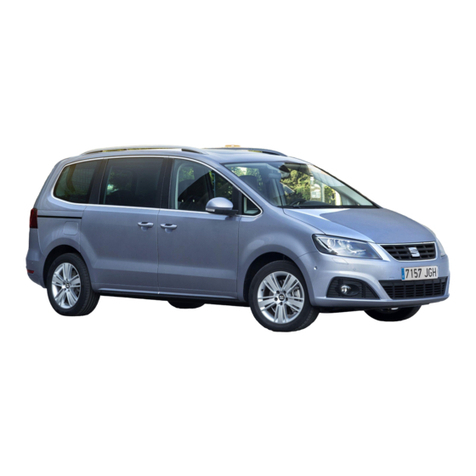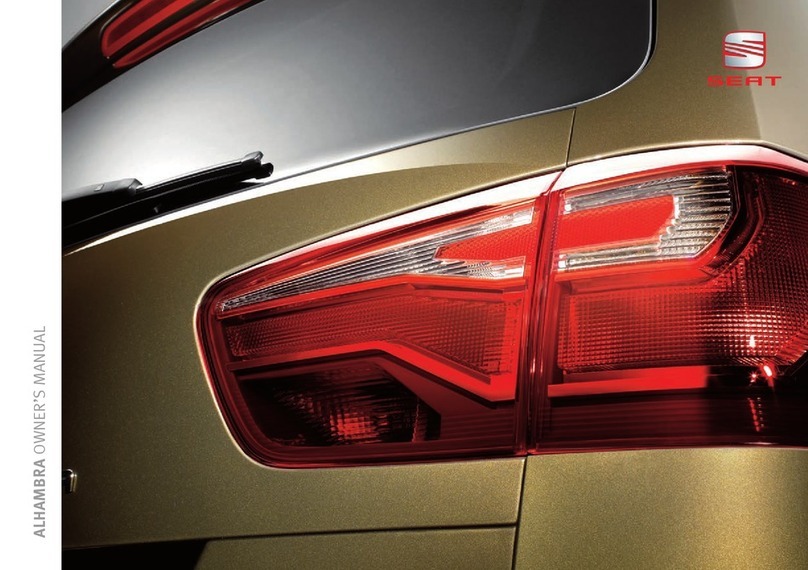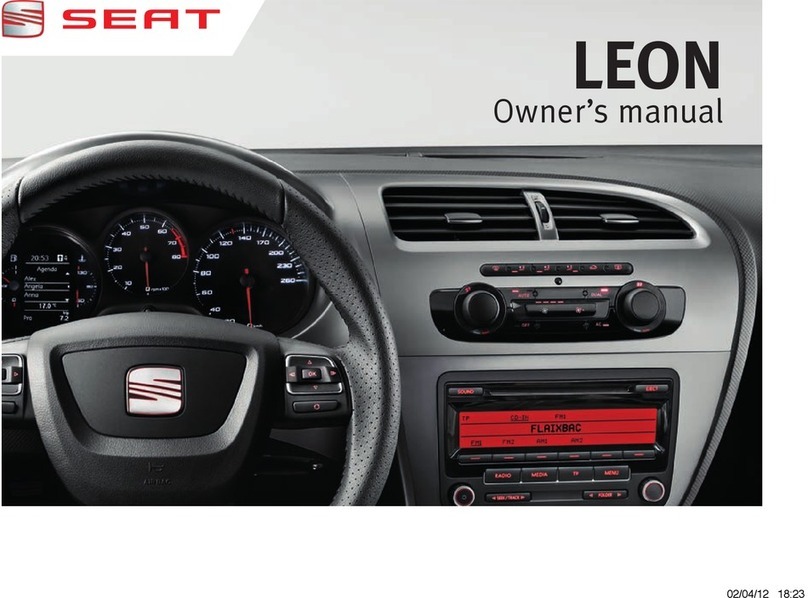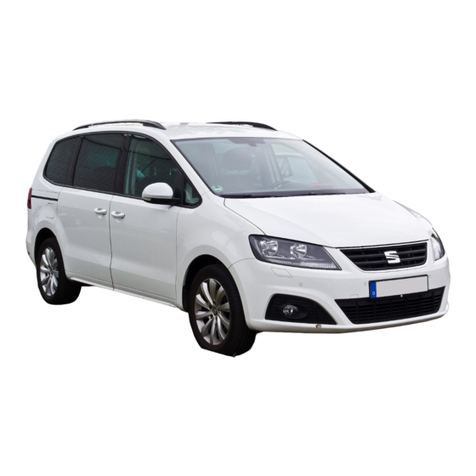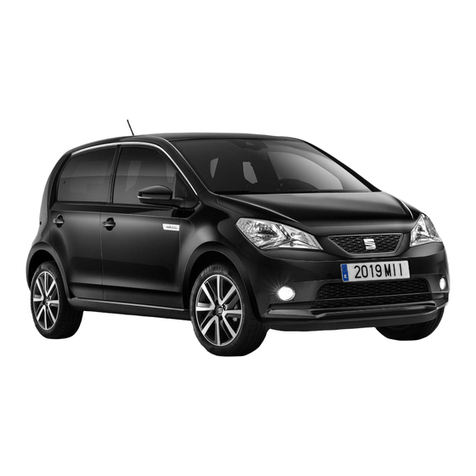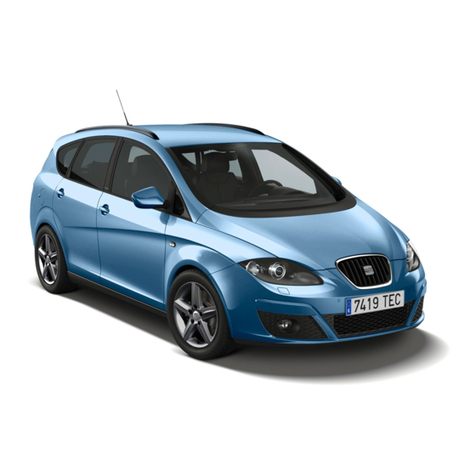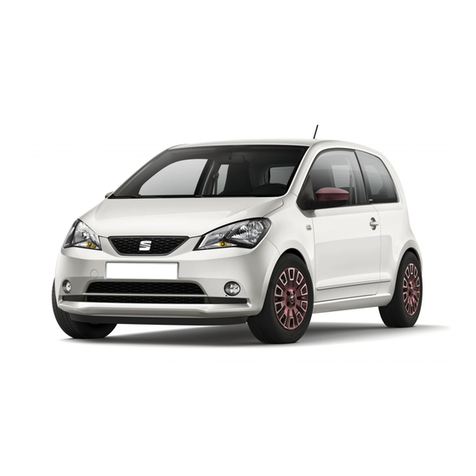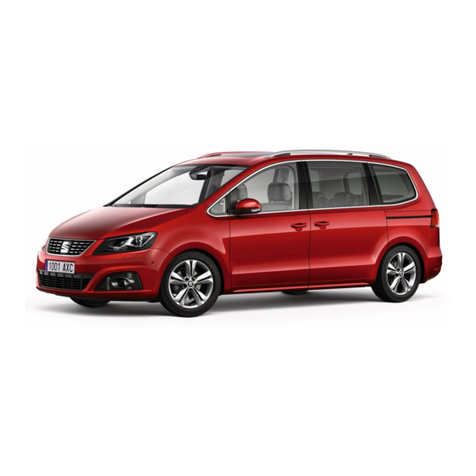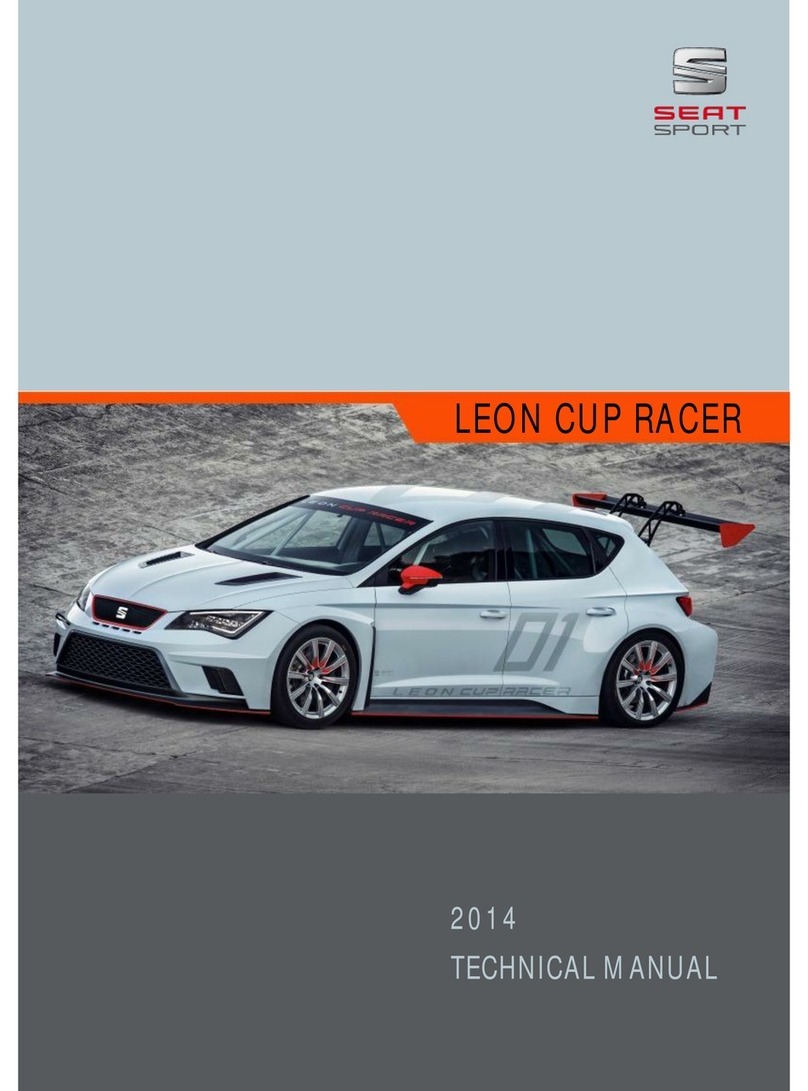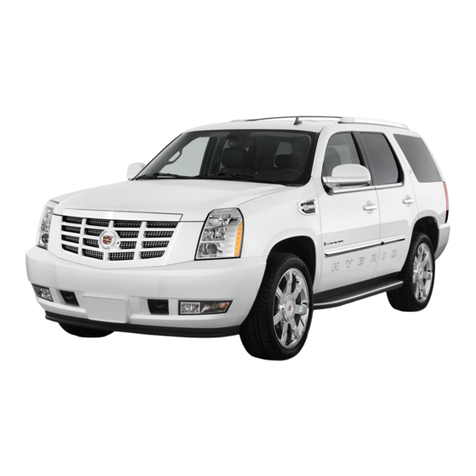2
INDEX
1TECHNICAL INFORMATION........................................................................................... 4
SEAT Leon Cup Racer TCR display ....................................................................... 41.1
Dimensions and weight.............................................................................................. 51.2
Body-shell.................................................................................................................... 61.3
Powertrain.................................................................................................................... 71.4
Wheels ......................................................................................................................... 91.5
Electronic units............................................................................................................ 91.6
2DRIVER CONTROL......................................................................................................... 10
Main panel................................................................................................................. 102.1
Steering wheel module............................................................................................ 102.2
Display alarms and shift lights................................................................................ 112.3
Gearbox functioning................................................................................................. 132.4
Standing start procedure......................................................................................... 132.5
Speed limiter (Virtual Safety Car) .......................................................................... 142.6
Driver has to consider.............................................................................................. 142.7
3ELECTRONICS................................................................................................................ 15
AIM MXG ................................................................................................................... 153.1
MXG connection schemes...................................................................................... 163.2
Data acquisition........................................................................................................ 173.3
Fusebox ..................................................................................................................... 193.4
Fuel level display...................................................................................................... 213.5
Auxiliary connectors................................................................................................. 223.6
4SETTING ADJUSTMENTS............................................................................................. 25
Standard set-up ........................................................................................................ 254.1
Steering rack centering............................................................................................ 264.2
Suspension................................................................................................................ 264.3
Front camber and toe adjustments........................................................................ 264.4
Rear camber and toe adjustments......................................................................... 274.5
Dampers..................................................................................................................... 284.6
Anti-roll bars.............................................................................................................. 304.7
Kinematics................................................................................................................. 314.8
